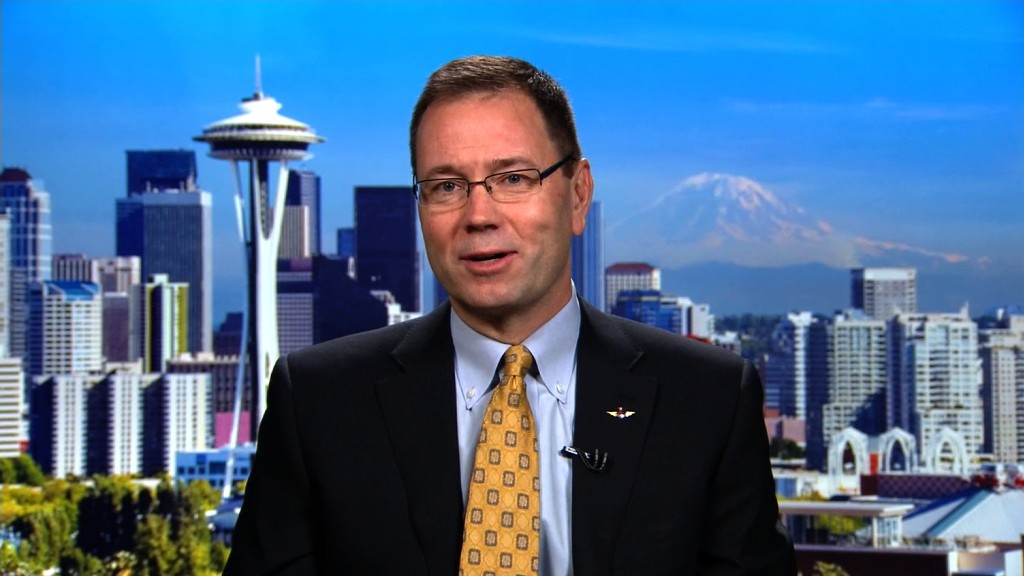
President Donald Trump's executive directive to restrict or postpone new government regulations for 60 days has hampered the ability of the Federal Aviation Administration to issue safety orders about aircraft.
The instructions, known as "airworthiness directives," are issued frequently, and formalize mandated inspections or modifications to correct unsafe conditions on U.S. aircraft.
The stalled directives do not mean that airlines and aircraft operators are unaware of serious safety problems. The directives are typically the last step in the safety regulatory process. The aircraft operators first receive manufacturer bulletins about the problems, but in some instances wait for final FAA notices to act, according to two industry officials.
The lack of directives from the FAA are a sign of the unintended consequences of the Trump administration's rapid efforts to halt or roll back what it sees as burdensome regulations on business, says one of the officials.
Incoming appointees to the Department of Transportation and FAA have tried not to get in the way of safety directives, say the officials, but the executive order has meant an extra layer of bureaucracy for them.
Related: US airlines' cautious reaction to Trump's immigration order
The FAA said in a statement that it has "worked to ensure no airworthiness directives are being held."
The White House communications office did not respond to a request for comment.
The agency has issued a total of 53 airworthiness directives in the last 60 days, but it hasn't issued any finalized directives in the more than two weeks the Trump administration has been in office.
(Editor's note: Four finalized airworthiness directives were filed by the FAA on Feb. 6 and appeared in the Federal Register on Feb. 7.)
The most recent came out on Jan. 18, including one that warned about the risk of an axle rupturing on the main landing gear of some Airbus single-aisle jets, and mandated inspections within three months.
The officials tell CNNMoney that the agency is working to get airworthiness directives moving again and expects to start posting the increasing backlog of between 15 and 20 orders on the Federal Register soon.
Related: American, Delta and United promise full refunds to those hit by travel ban
Trump has made it an early priority of his administration to streamline and reduce federal regulations that he says hamper businesses.
Shortly after Trump was sworn into office on Jan. 20, he signed an executive order putting all new and pending regulations on hold for 60 days.
The order did note that some regulations could be exempt from the order due to "emergency situations or other urgent circumstances relating to health, safety, financial, or national security matters."
The action is a fairly standard move for a new administration taking over from the previous party. In 2009, after he was inaugurated, former president Obama issued similar directives.
Then on Jan. 30, he signed a directive that blocked federal agencies from issuing any regulation that would cost businesses or members of the public any more money than they're already spending. It also required that every time an agency issues a new regulation, it has to repeal at least two existing regulations. This order has exemptions for issues of health, safety and national security.
The White House move on regulation has not only held up pending directives, it has also withdrawn any Obama administration directives that were finalized, but published after the inauguration. Four days after Trump was sworn in, the FAA withdrew two final directives that had been issued in the weeks before Trump took office.

